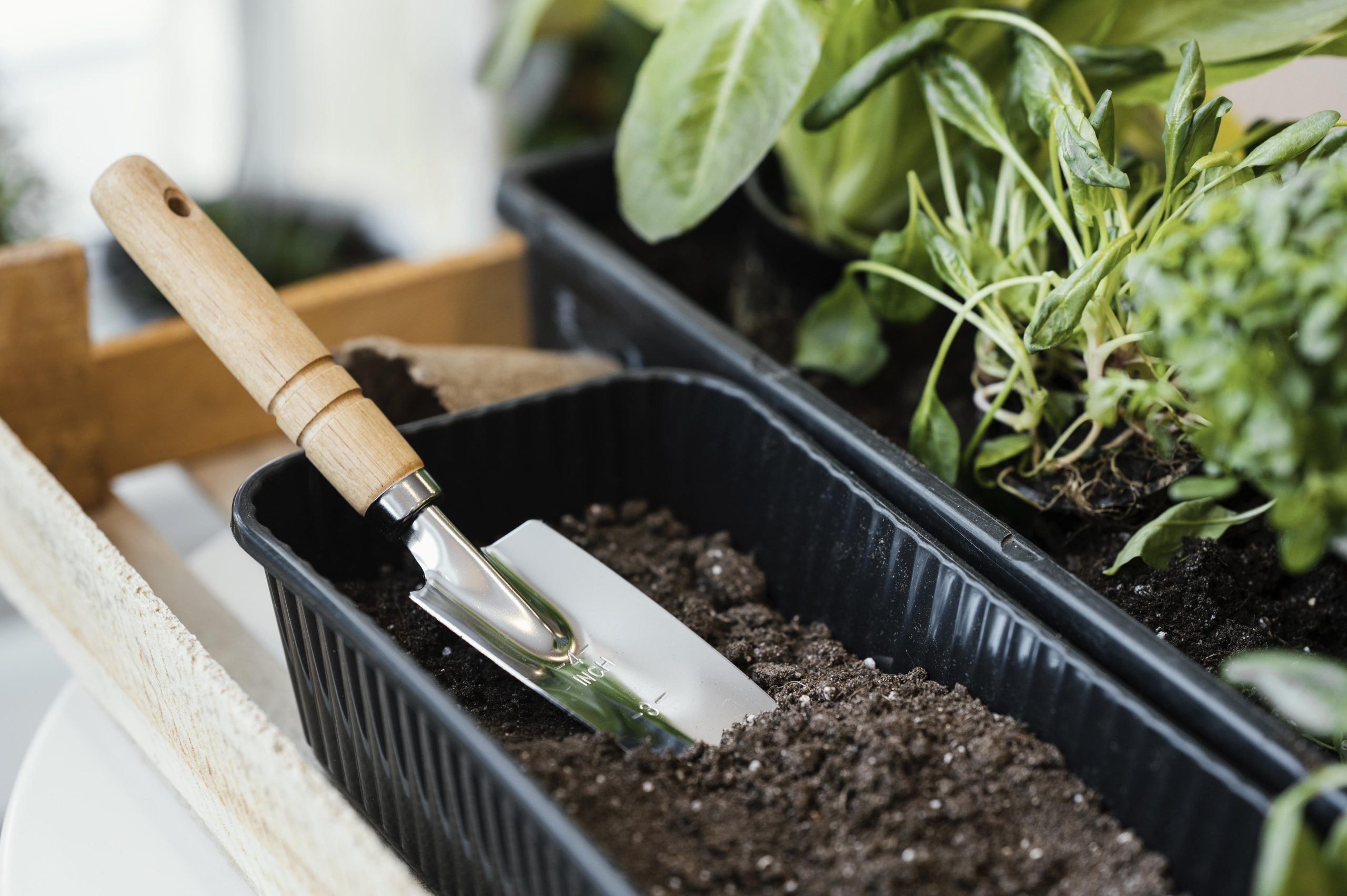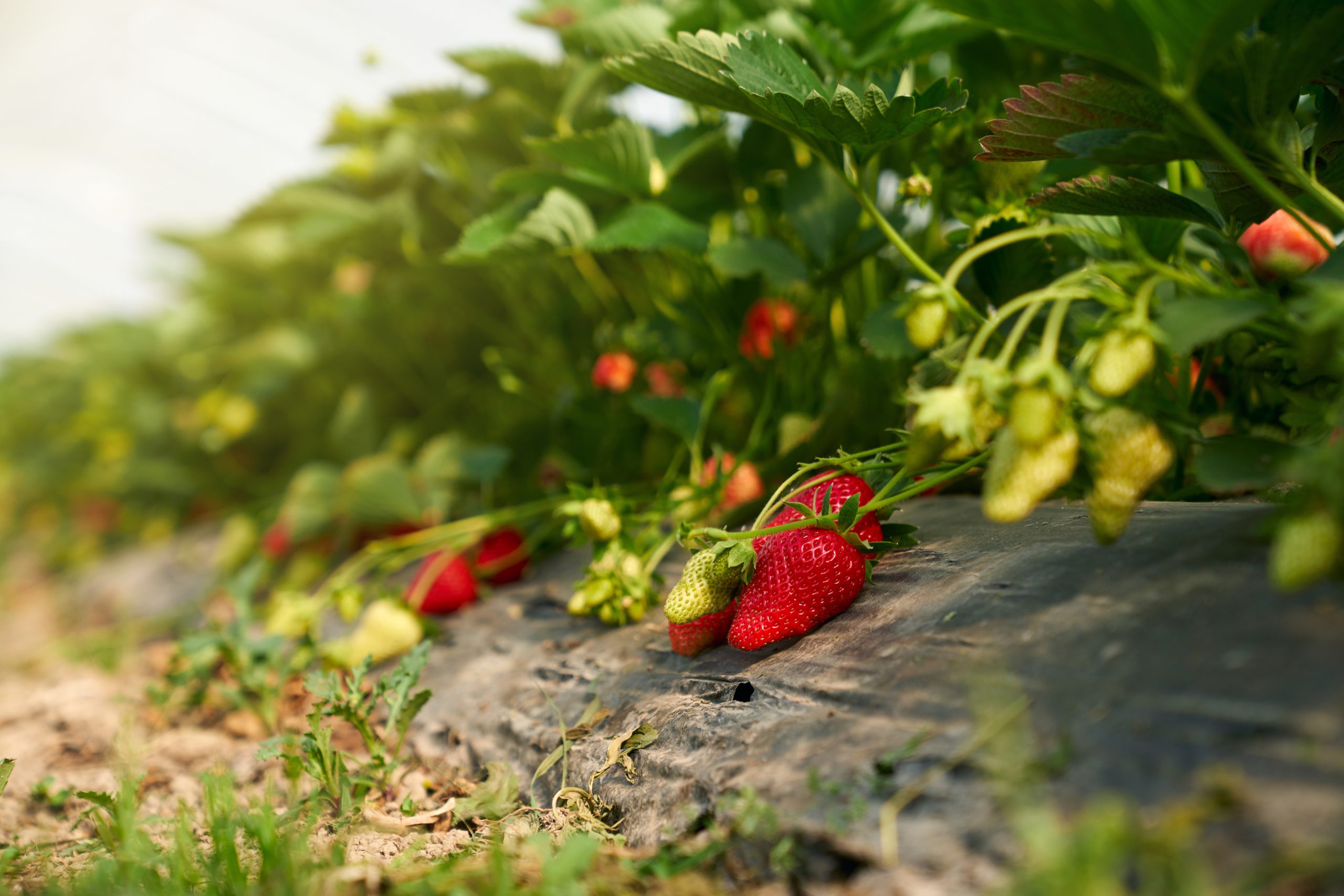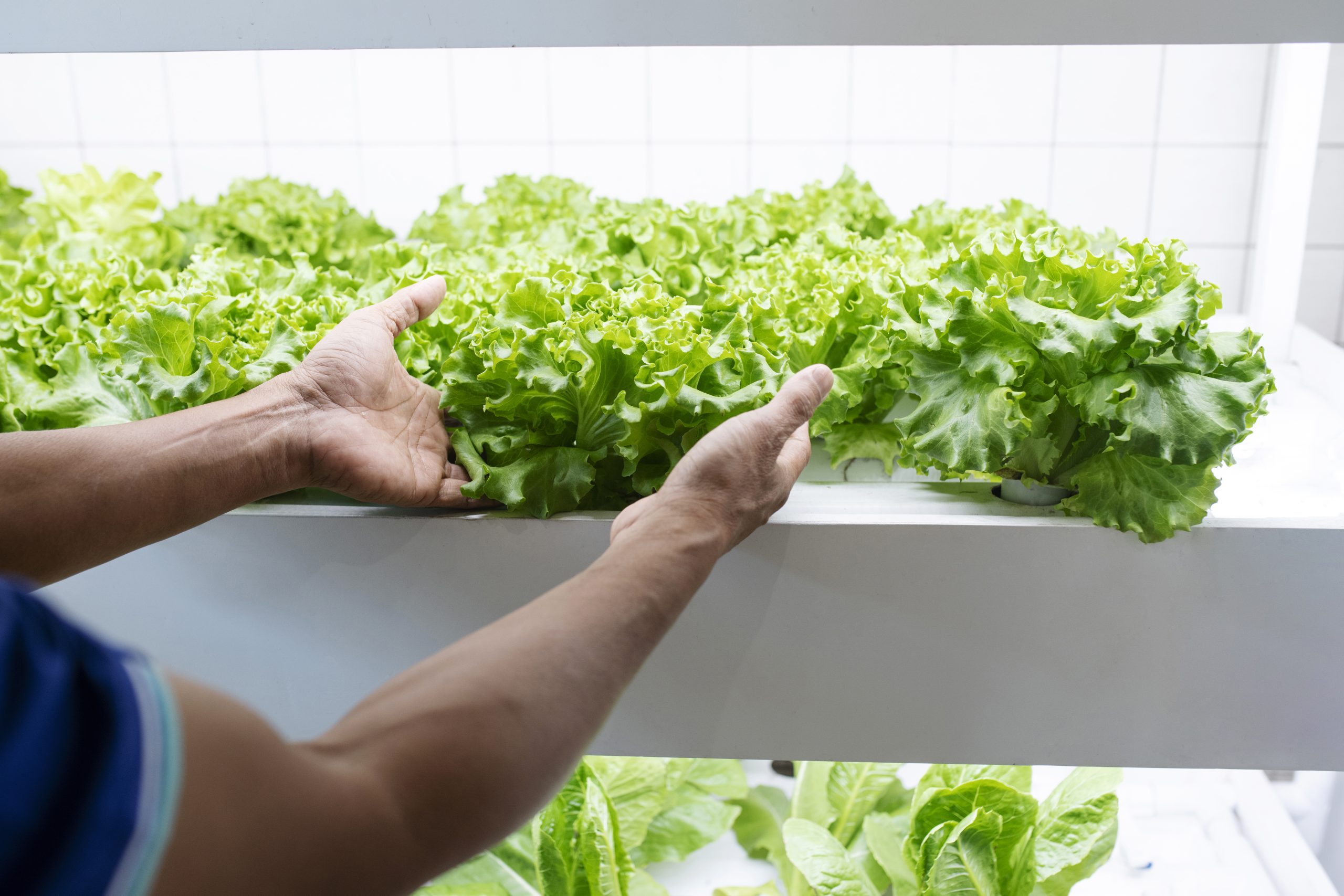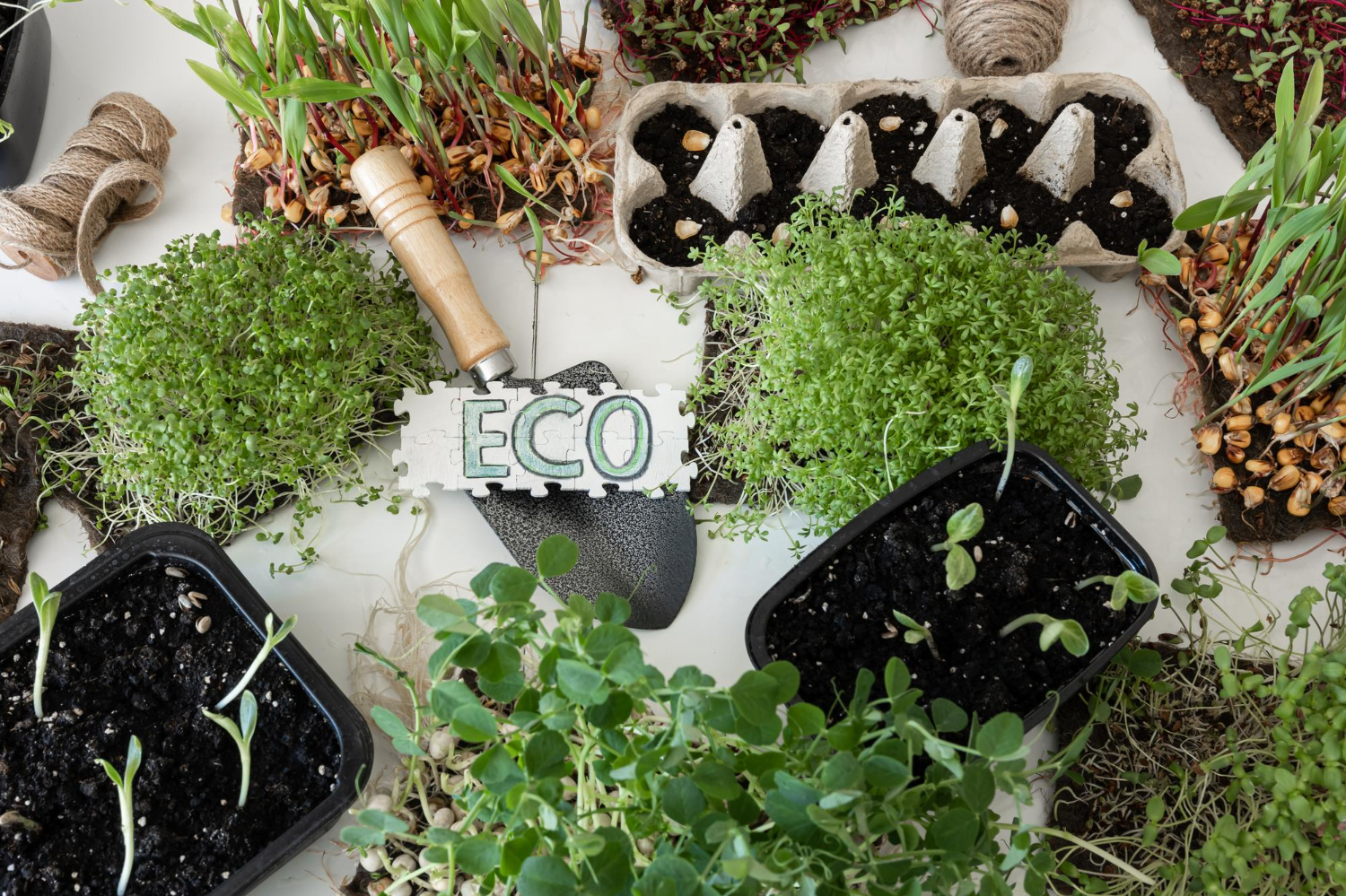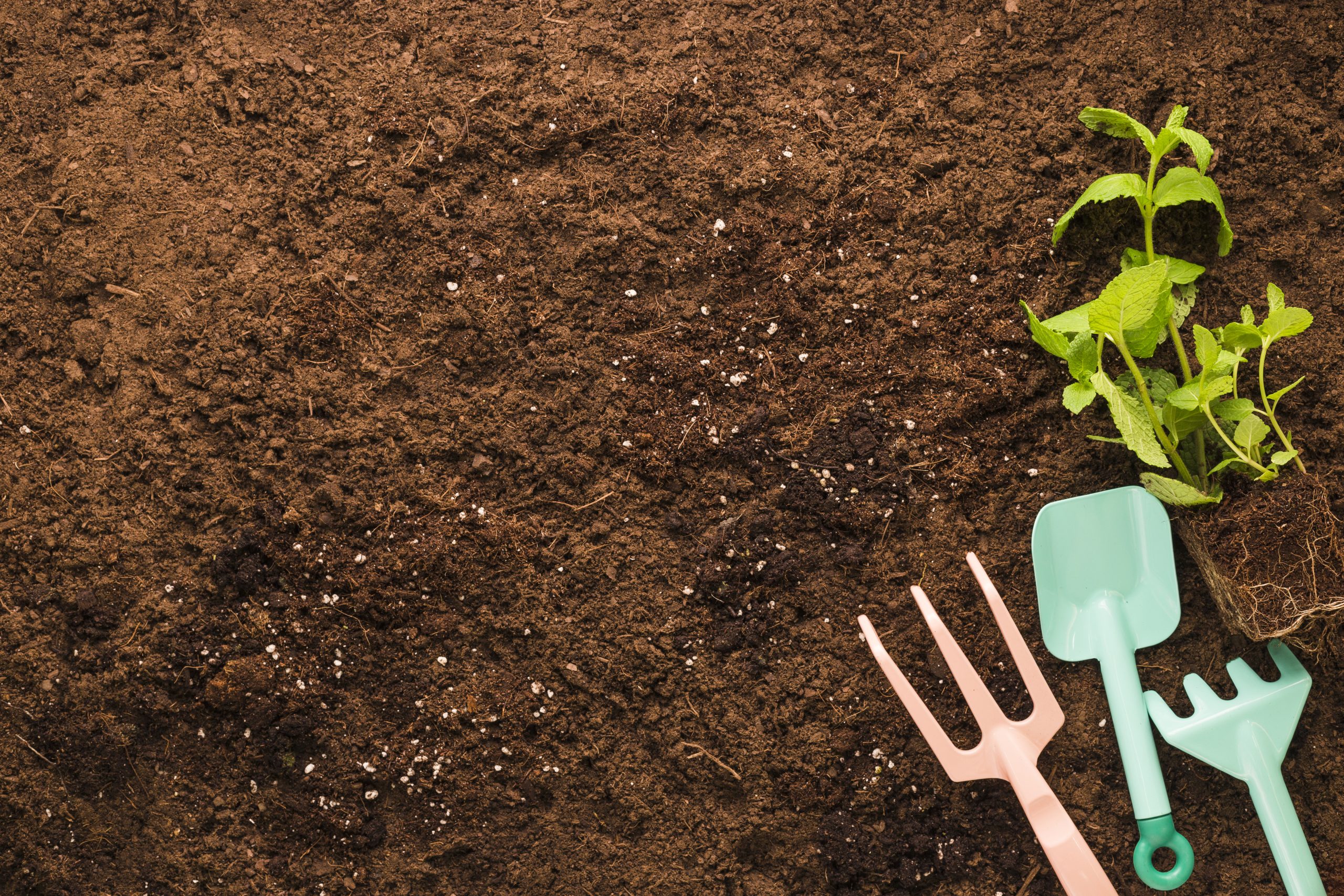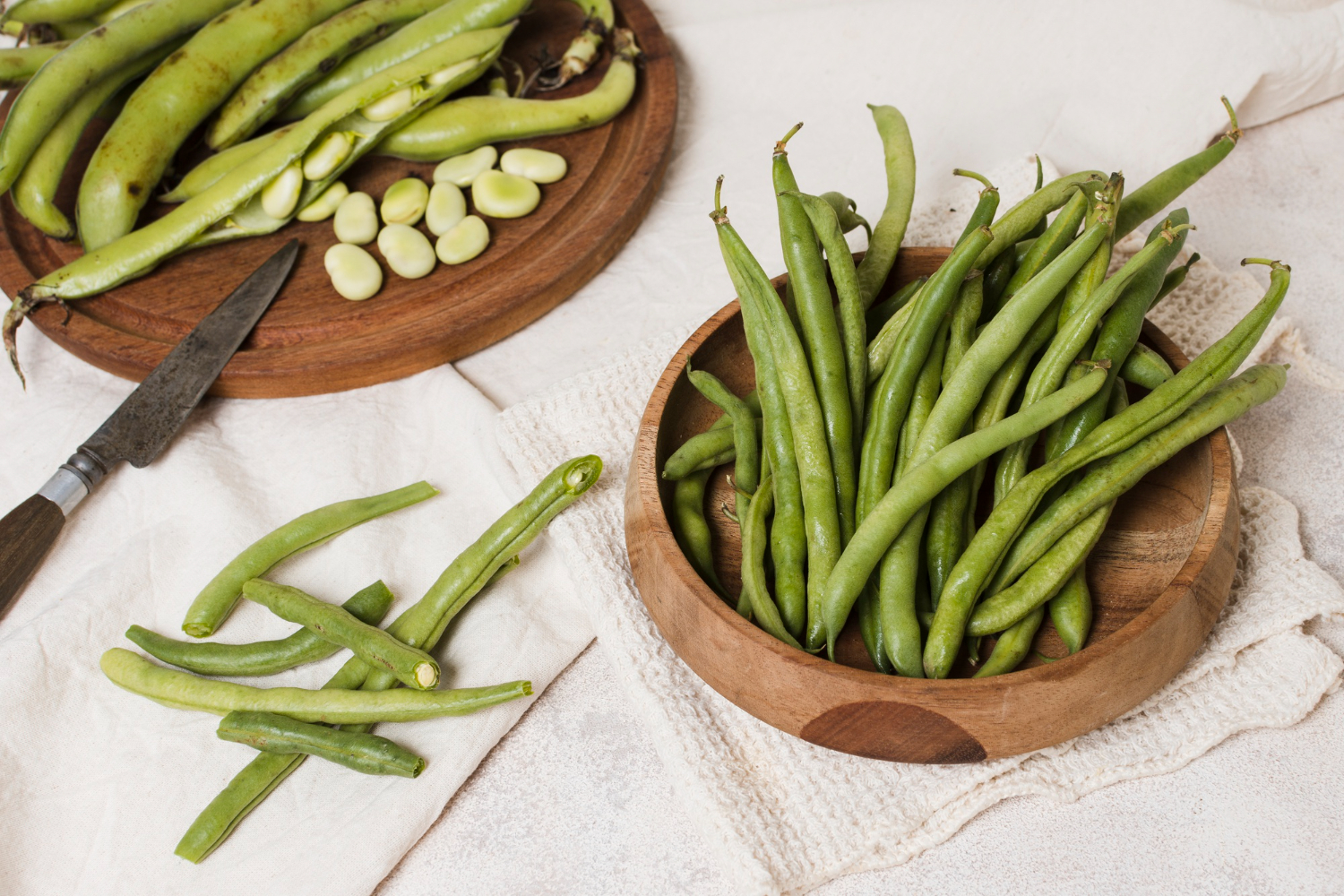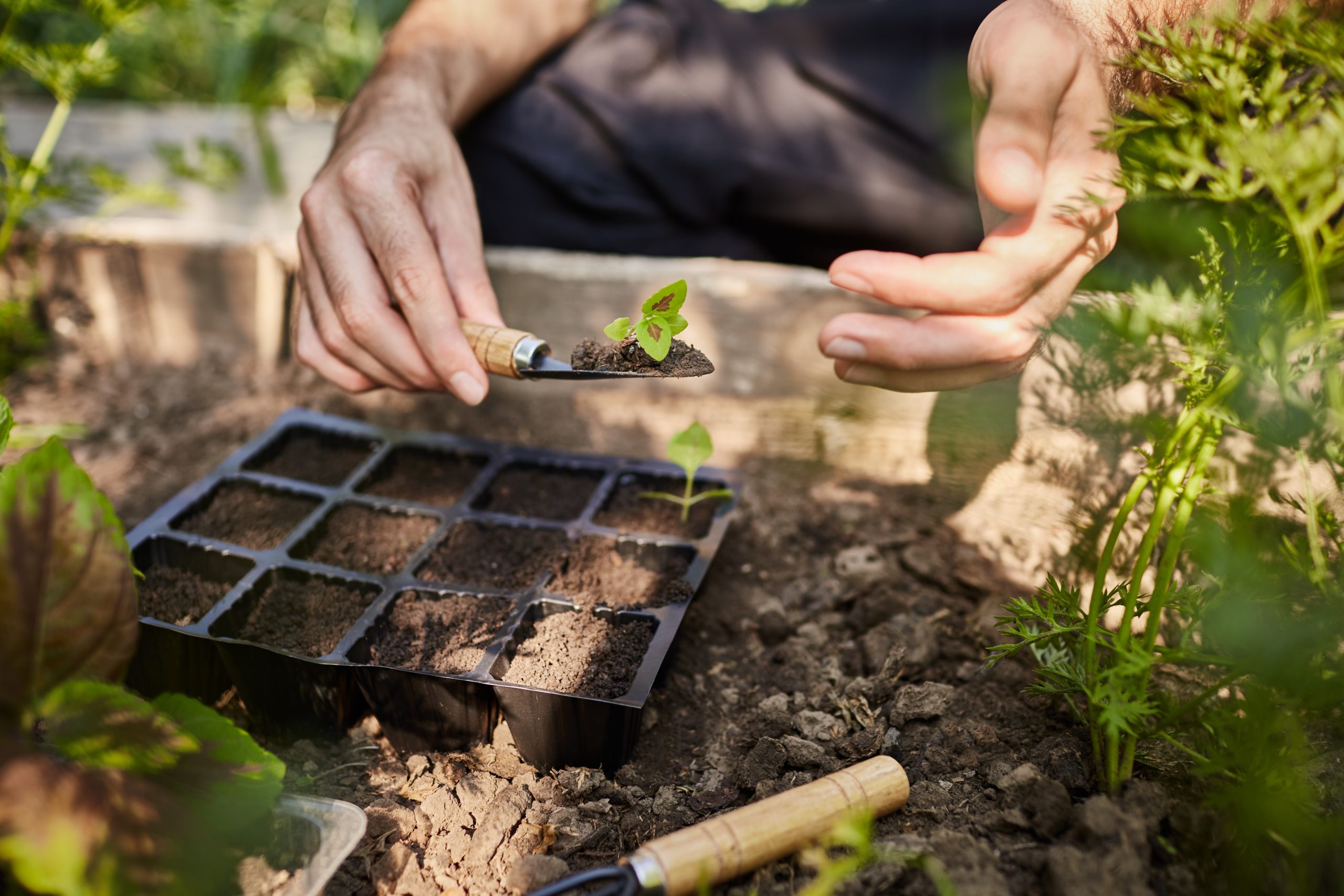How to plant chards?
Nov. 7, 2023
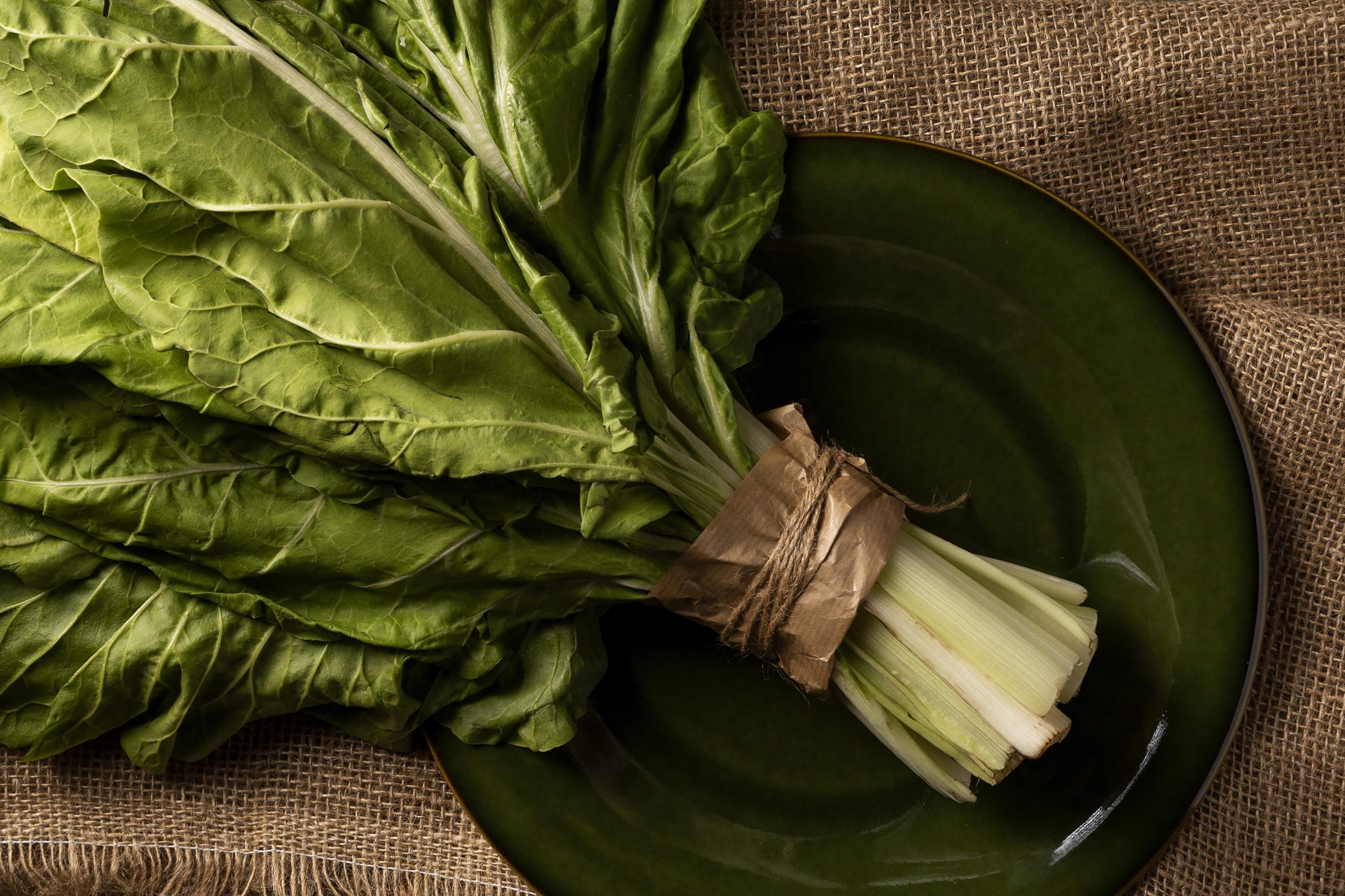
Welcome garden lovers on Huerto 360, the platform to easily find a vegetable garden for rent!
Today we dive into the world of planting chard, a very grateful vegetable with its origins in the Mediterranean area. It's a nutrient-packed vegetable that's easy to grow!
In this article we will show you how to plant chard in your rental urban garden, the care needed to grow it and the best way to harvest it.
Get ready to enjoy a healthy and delicious harvest that will fill your garden and your table with a deep green colour. Let's get started!
Publish your garden for free today
How to plant chard in the vegetable garden: Sowing time and watering.
One of the best times to plant chard is in autumn, although it can be enjoyed all year round.
The soil should be well drained and rich in nutrients, as they have a high need for nitrogen and potassium, and if you have already made a compost nearby, you can enrich it with earthworm humus.
Chard will always grow better in a vegetable garden than on a table, as it has fairly deep roots.
Sowing can be done in two ways: direct sowing or with seedbeds.
- In direct sowing you have to place 3 or 4 seeds per hole at a depth of 2-3 cm and 50-60 cm apart, as chard takes up a lot of space.
When they reach 4 or 5 cm, leave only one of the ones that have sprouted.
- When sowing with seedlings, they can be sown in spring and planted in the ground when they reach 10 to 12 cm.
In both cases, it is recommended to sow on black plastic, as chard is quite demanding in terms of humidity and this way it will retain it better, at the same time as avoiding the growth of weeds.
Water regularly to maintain humidity, once a week if watering by blanket irrigation, and avoid waterlogging which could damage the plants.
Harvesting chard: when and how to harvest.
It's time to harvest your chard! After approximately 50 days they can be harvested, they will be bulky and will be 30 to 40 cm high.
As with spinach, it is easy to pick the outer leaves with their large stalks, leaving the head, so that you can continue harvesting.
You can also pull up the whole plant. But, of course, then you won't have any more.
Also, remember that chard is a short-cycle vegetable, so it is advisable to harvest it as it matures to prevent it from becoming bitter or woody.
The necessary care for successful chard planting.
Fertilise regularly with organic fertiliser to ensure healthy and vigorous growth. You can also water with comfrey slurry or nettle slurry for its nitrogen and potassium requirements.
If you observe any pests or diseases, such as black aphids or fleas, treat preventively with organic insecticides or fungicides.
In addition, don't forget to prune regularly to avoid the appearance of flowers and prolong the harvest.
With this necessary care, your chard will grow strong and healthy, ready to be harvested and enjoyed in your favourite dishes.
In short, growing chard in your garden is a simple and rewarding task that will allow you to enjoy a nutrient-packed vegetable in your favourite dishes.
With these practical tips for planting, caring for and harvesting your chard, you're sure to have a healthy and bountiful crop.
Go ahead and grow your own chard and enjoy all its benefits!
Latest posts
